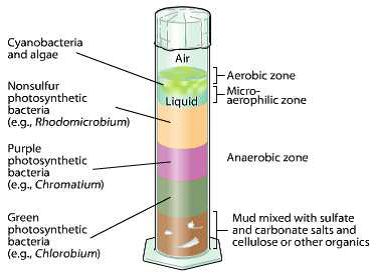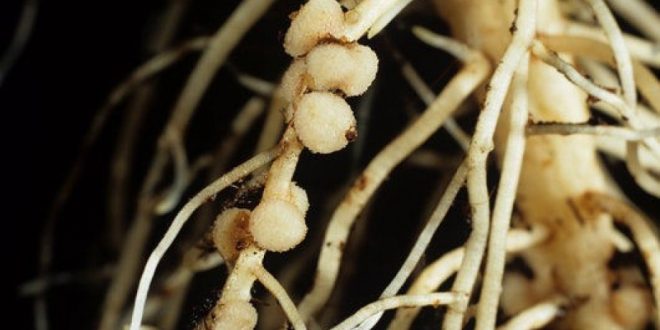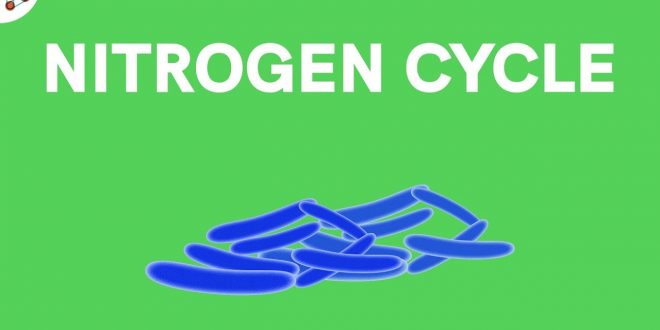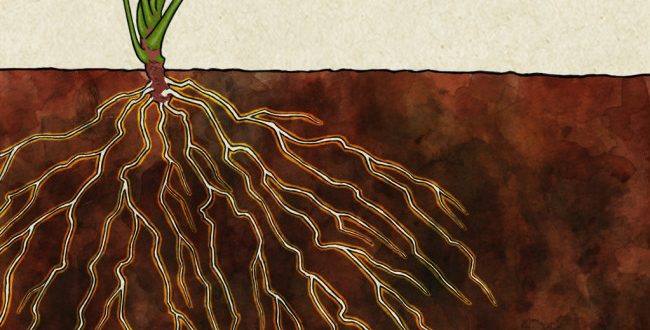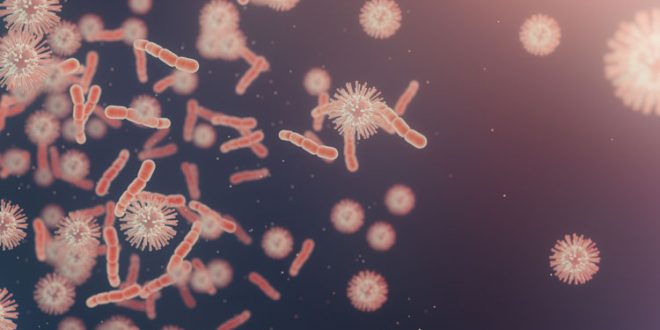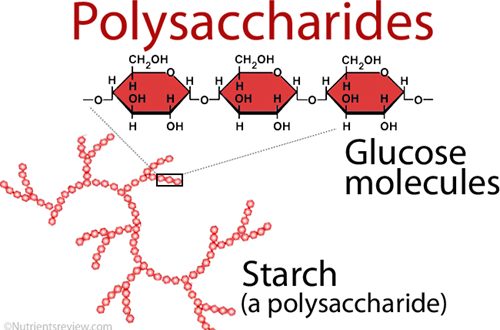For diagnosis of plant disease, it is essential to determine whether the disease is caused by a pathogen or an environmental factor i.e. abiotic factor. It is also important to know whether the disease is infectional or non-infectional. Diagnosis of a disease caused by either a virus, viroids, rickettsia or …
Read More »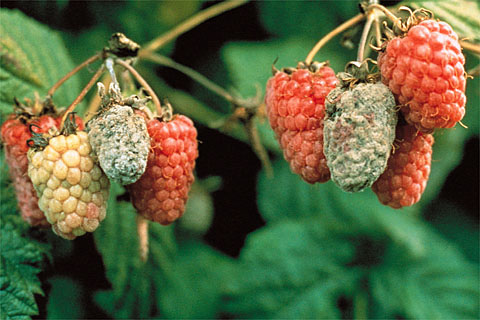
 Plantlet The Blogging Platform of Department of Botany, University of Dhaka
Plantlet The Blogging Platform of Department of Botany, University of Dhaka

